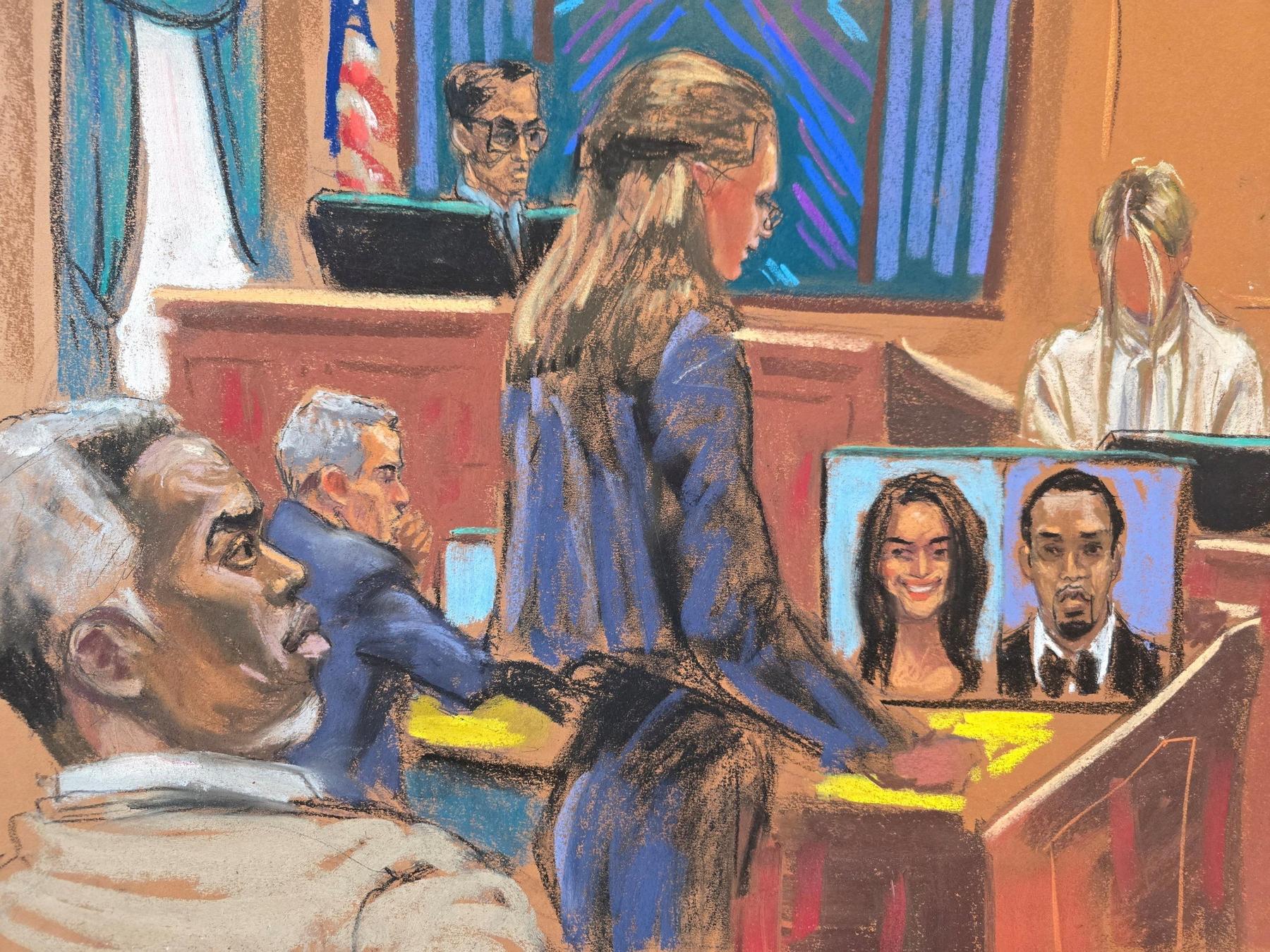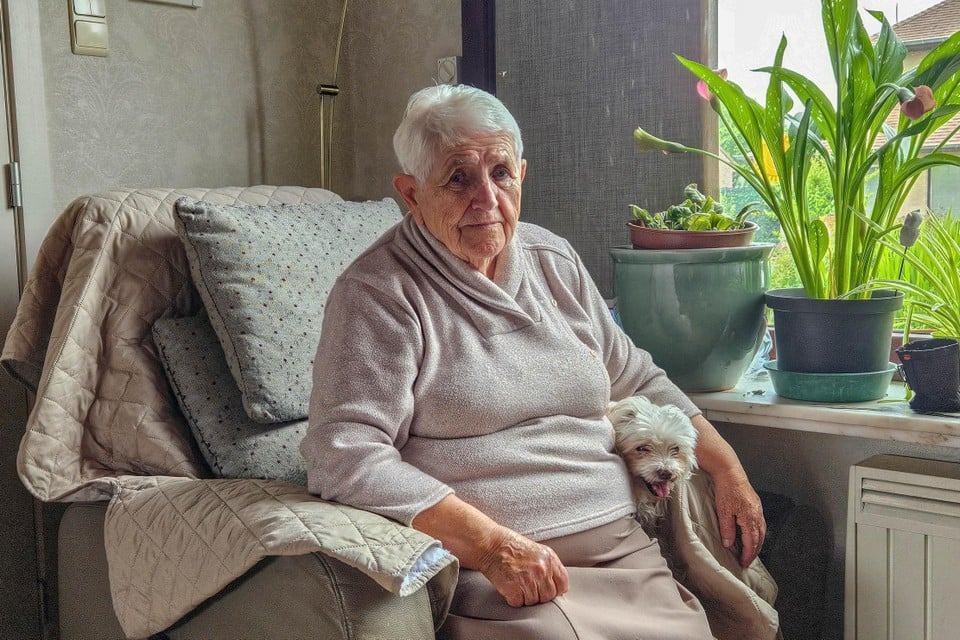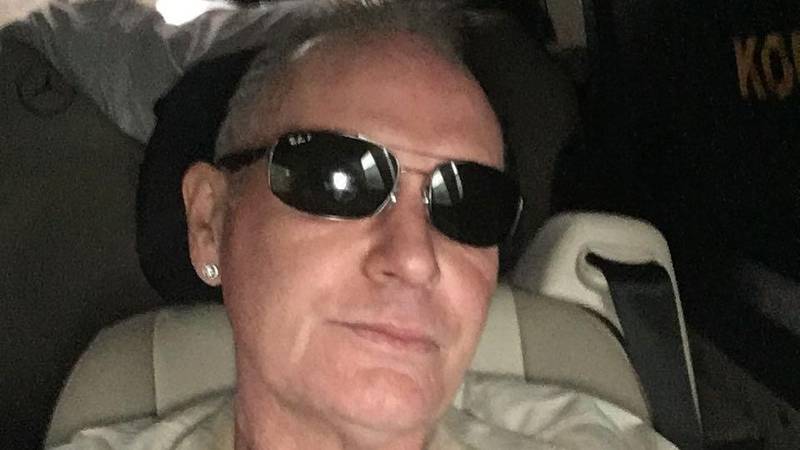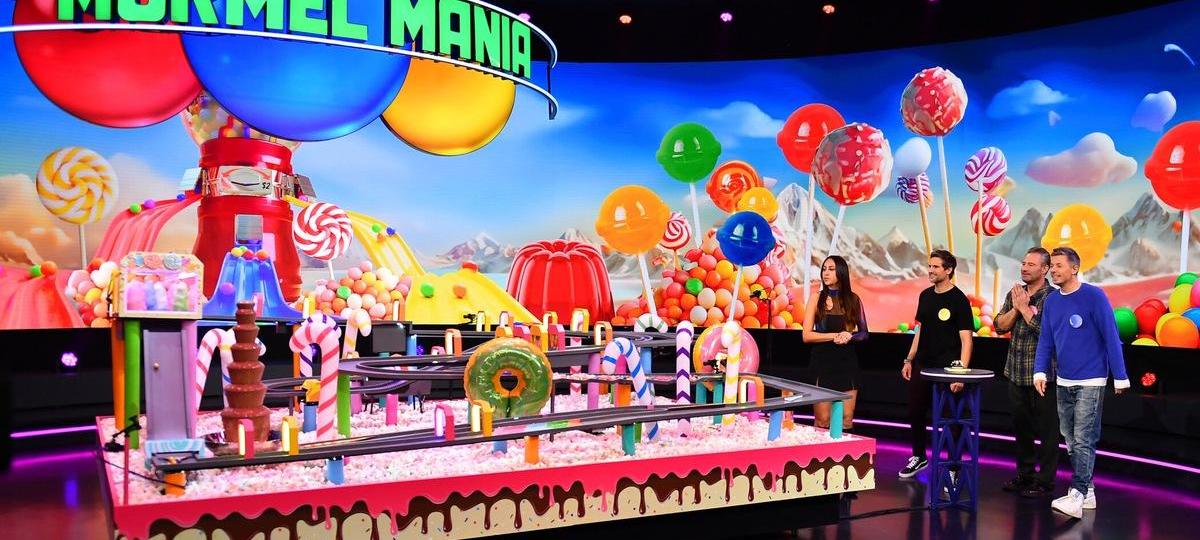The donor children raise their voices – want to lift the rights of the children

Brown eyes. Two chubby big years. « You probably got that from him, » Leontine Olsbjörk’s mother told her when she ran barefoot at home as a kid.
She has always known that she was in Denmark with the help of an anonymous Danish donor and not pondered much. Only as an adult did she start thinking about her unknown genetic half.
« It was a sale on DNA test, » she says.
Margaretha Wahlström’s mother And Dad has also been open with how she came about. Thanks to the « Danish », as the anonymous sperm donator was called at home at the kitchen table.
-Only later have I understood how big it was of my parents to talk so openly about this in the early 1990s. I am very grateful for that, she says.
That bit was straightforward. At the same time, she had the emotionally difficult. She was two years old when she first asked if she could meet her Danish dad.
As a child and teenager, she stood in front of the mirror thinking about her appearance. Their interests. What traits she received from him.
– I felt a strong bottomless feeling that I would never get answers. It was not a dream but a need for me to know who my biological father was.
Together, Leontine Olsbjörk and Margaretha Wahlström have several thousand followers on Instagram and have become strong voices in Sweden for donor children’s rights.
Fixed donor child is a word that both dislike.
– We are adults many of us and I think it inhibits the debate to talk about us as a child, says Margaretha Wahlström.
They are part of a larger movement That has come up with new perspectives. In recent years, associations for adults that have been added via donation have started in both Norway and Denmark.

Although Leontine Olsbjörk and Margaretha Wahlström have different emotional experiences, they have come to the same conclusion: that germ cell donation does not live up to children’s human rights. As the right under the Convention on the Rights of the Child to know its origin.
They believe that the number of children per donor should be significantly limited. That children should be aware of the donor’s identity earlier than at the age of 18. That genetic half -siblings should be known to each other and be given the opportunity to meet as little as small.
The fertility industry’s description of donation thinks they are simplified and incorrect. For genes is not a small thing, says Leontine Olsbjörk.
– The care talks about donation, donors and cells to separate us from our origin. But it is not possible to ignore that the donor’s genes are part of me and my genetic family.
Thanks to social media, she and Margaretha Wahlström got contact and became friends. Now they support each other and others who are looking for their genetic roots or ponders how their children can be affected by being created via donation.
– Parents can write in the middle of the night with their questions, says Leontine Olsbjörk.

She was in her 20s when The answer from the DNA test came. Immediately she learned that she had seven half -siblings. She saw them in the picture. Where in the world they lived. Age and name.
– It was a shock. I was surprised at how I reacted. It became an emotional storm within me, she says.
New half-siblings have appeared in new DNA banks and in threads on social media. She believes that the crowd has now grown to 27 scattered all over the world.
– It affects your self -image. You feel less unique. We are so many now that I can’t keep in touch with everyone, ”she says.
Margaretha Wahlström has also done DNA test and so far found twelve half-siblings. She has met several. Some did not know before the DNA test that they had been added via donation, she says.

She has also met the « Danish ». Her genetic father who was open to contact, even though he has no obligations or rights to the man who has become the consequence of his donation.
Margaretha Wahlström describes it as being whole when she was given the opportunity to ask questions about her genetic origin.
– The first time I saw a picture of my biological father, it was as if a storm within me suddenly became still. It was so obvious. It was this person I had seen in the mirror all year.
As DN told have the state’s medical-ethical adviceSmer, together with other ethics councils in the Nordic region, have made sharp demands that the donation industry be controlled and that the number of children per donor is limited.
Margaretha Wahlström and Leontine Olsbjörk make high-five when they hear the news. For the first time, the heavy agencies are hearing the children’s rights perspective in the debate.
– It’s really great that someone finally listens to us. We who are allowed to take the consequences of other people’s decisions about donation, says Leontine Olsbjörk.
Read more:
Requirements are raised to limit the number of children per donor








